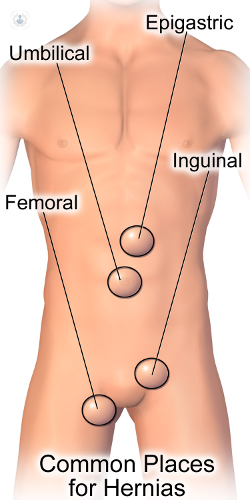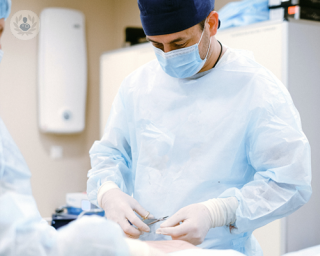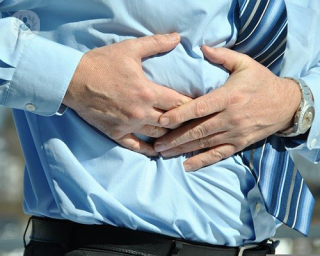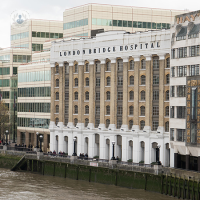Epigastric hernia
What is an epigastric hernia?
An epigastric hernia is when fat or body tissue protrudes through the abdominal wall, between the sternum of your rib cage and your belly button. Often, there are no symptoms with this type of hernia, and they often go unnoticed. This type of hernia is usually small and you can have more than one at a time. Despite showing few symptoms, they can sometimes cause pain in the upper abdominal region.

What are the symptoms of an epigastric hernia?
Although symptoms with an epigastric hernia are uncommon, a noticeable bulge might present, especially when you cough, sneeze, laugh or strain. Sometimes, this type of hernia can cause pain and tenderness in the affected area.
What causes an epigastric hernia?
This type of hernia is usually present from birth due to incomplete abdominal wall development.
What is the treatment for an epigastric hernia?
These hernias do not heal themselves and surgery is required to repair them. However, unless the hernia becomes an emergency, surgery can be delayed until the patient feels ready or when a child becomes older. Often, when adults are diagnosed with an epigastric hernia, it has become problematic due to obesity, muscle weakness, or frequent strain on the abdominal wall due to heavy lifting or straining.
Surgery can be peformed either openly or laparoscopically. General anaesthesia is used. If the defected muscle opening is small, then sutures usually suffice to close the hole. However, for larger muscular defects, an inserted mesh might be needed to restore strength to the abdominal wall. Such a mesh is permanent, and stops the hernia from returning.
Most patients are able to return to their normal activities within two to four weeks following surgery.











